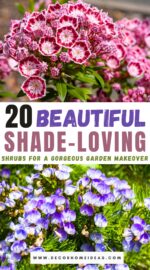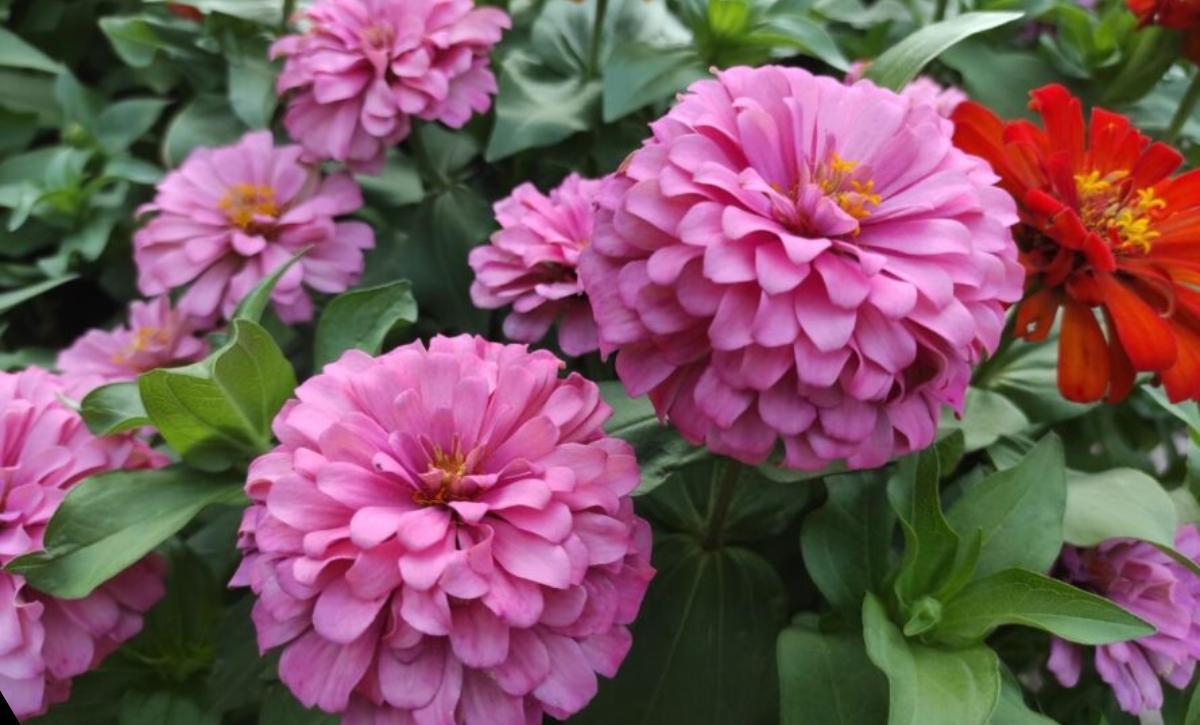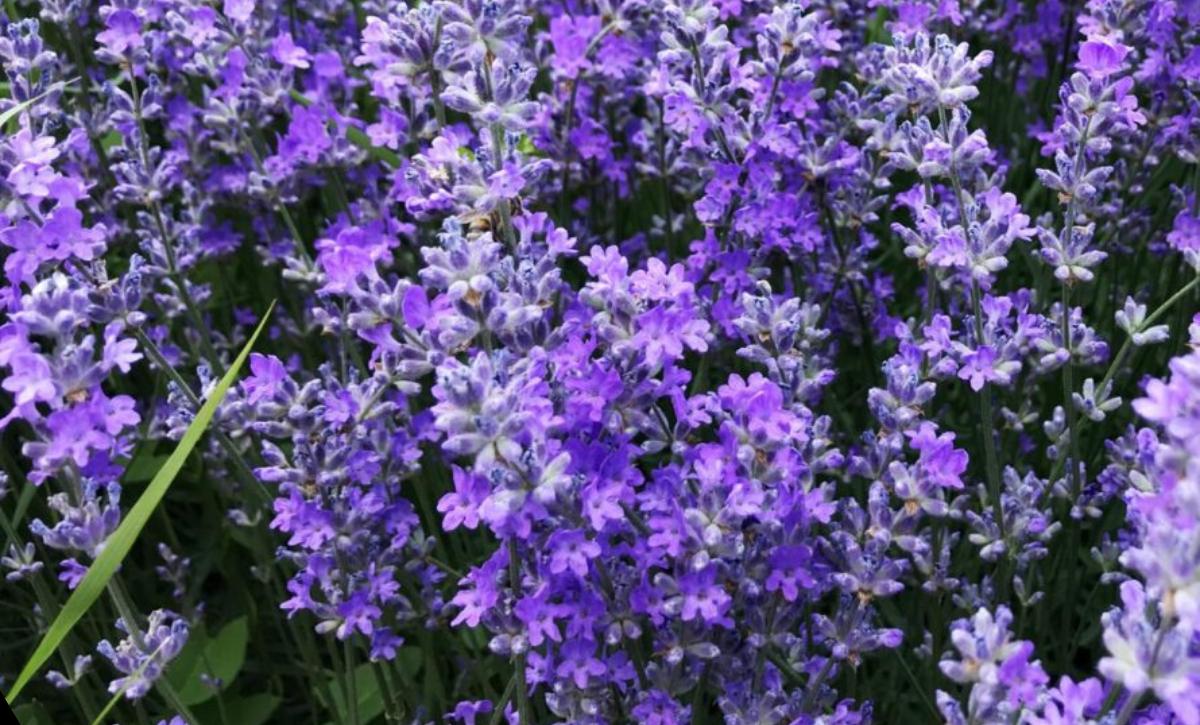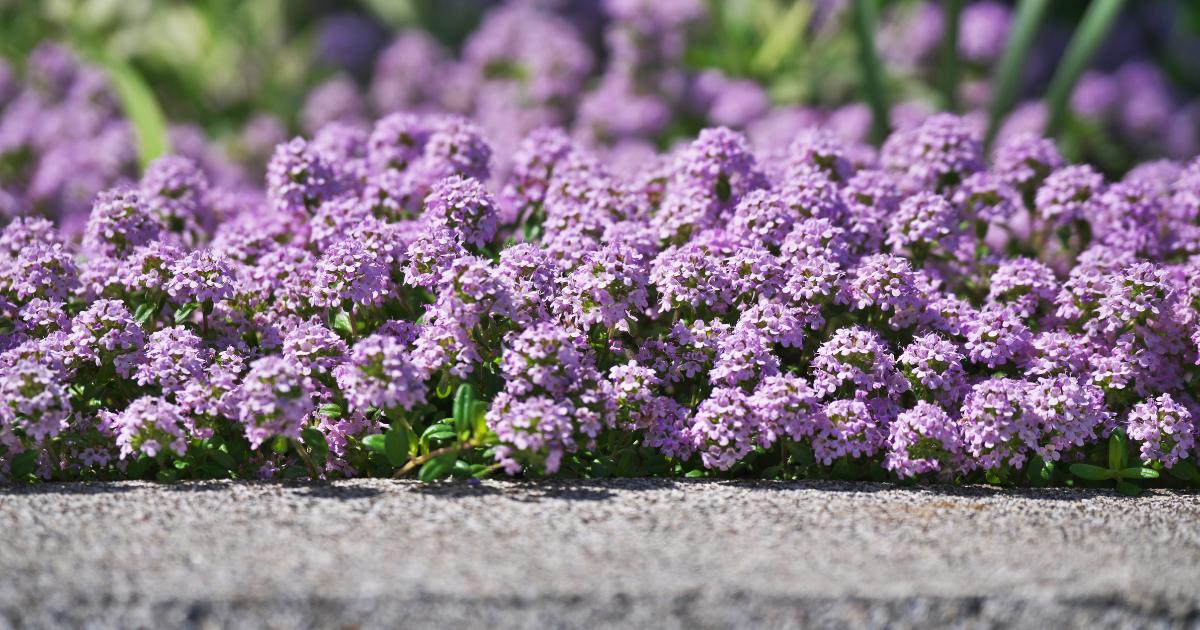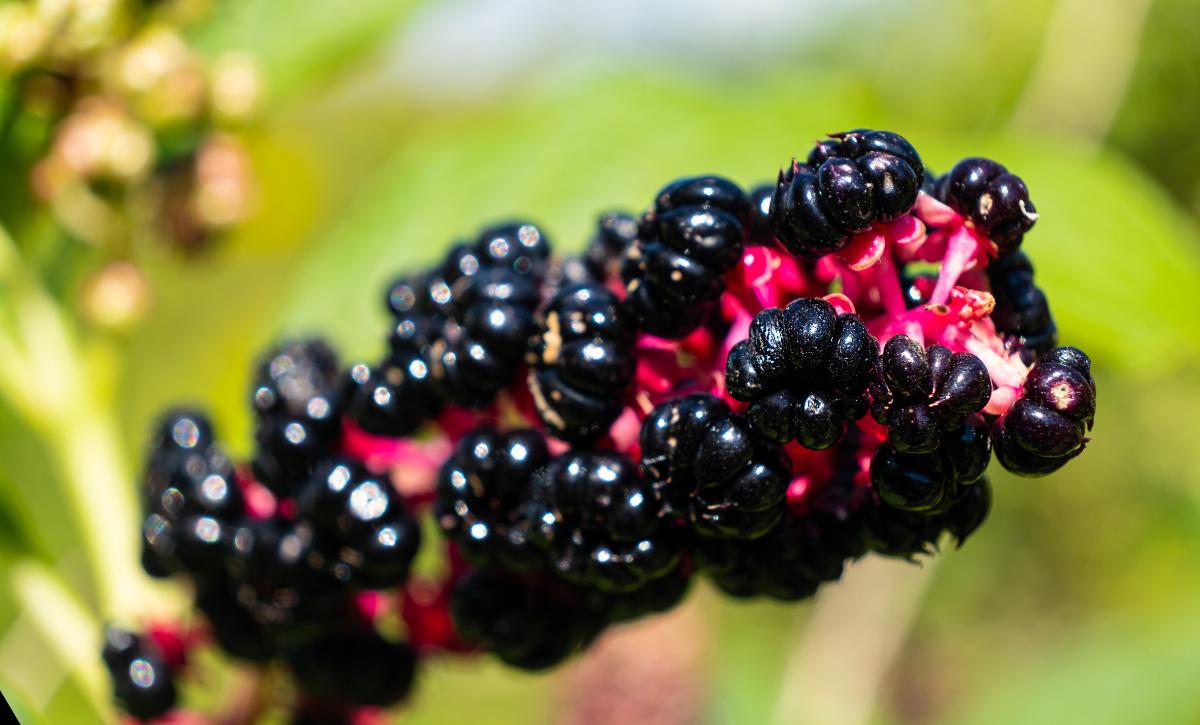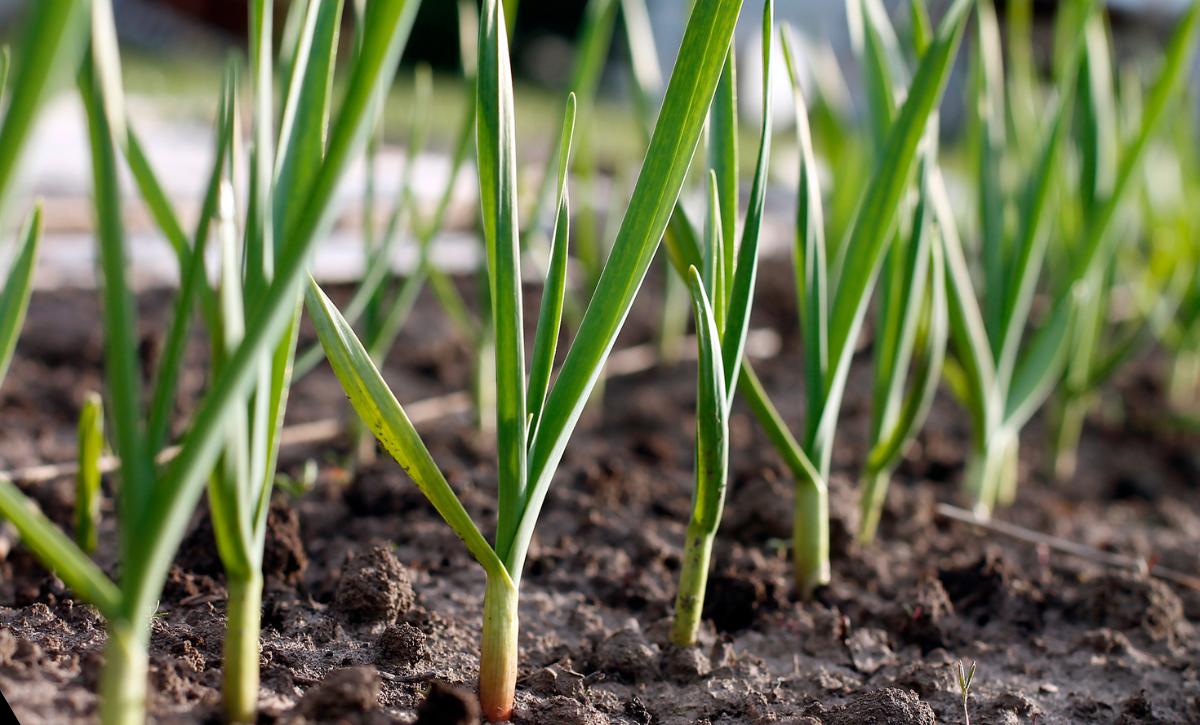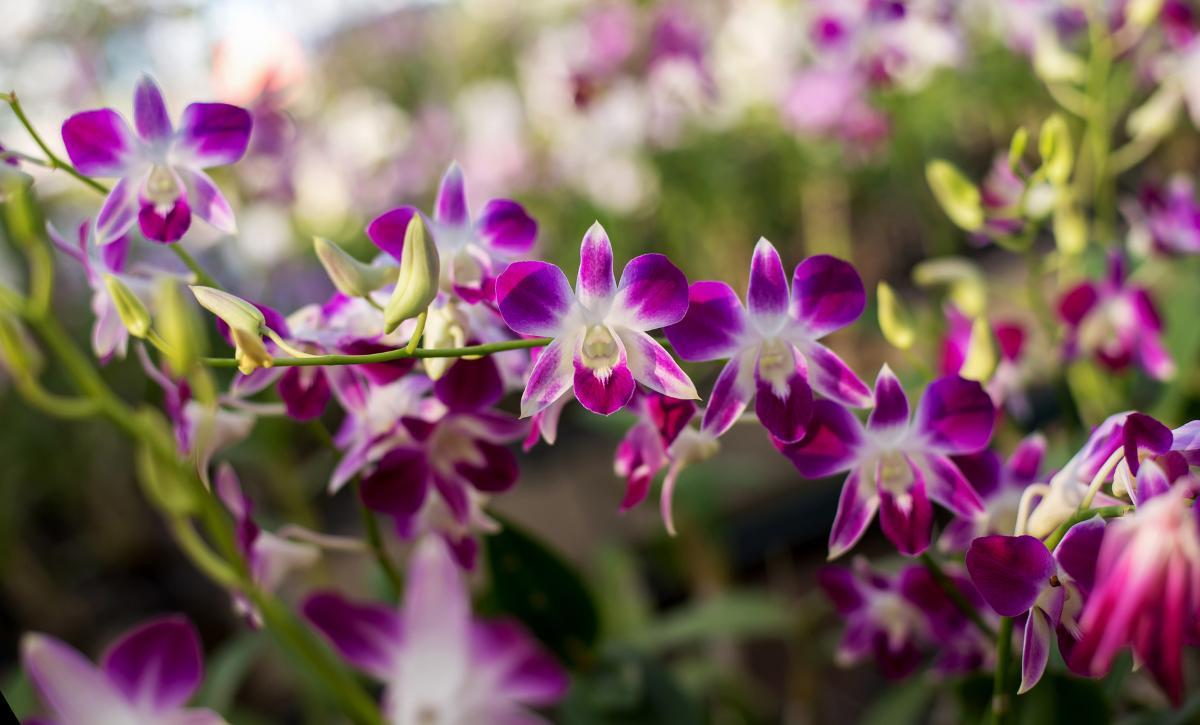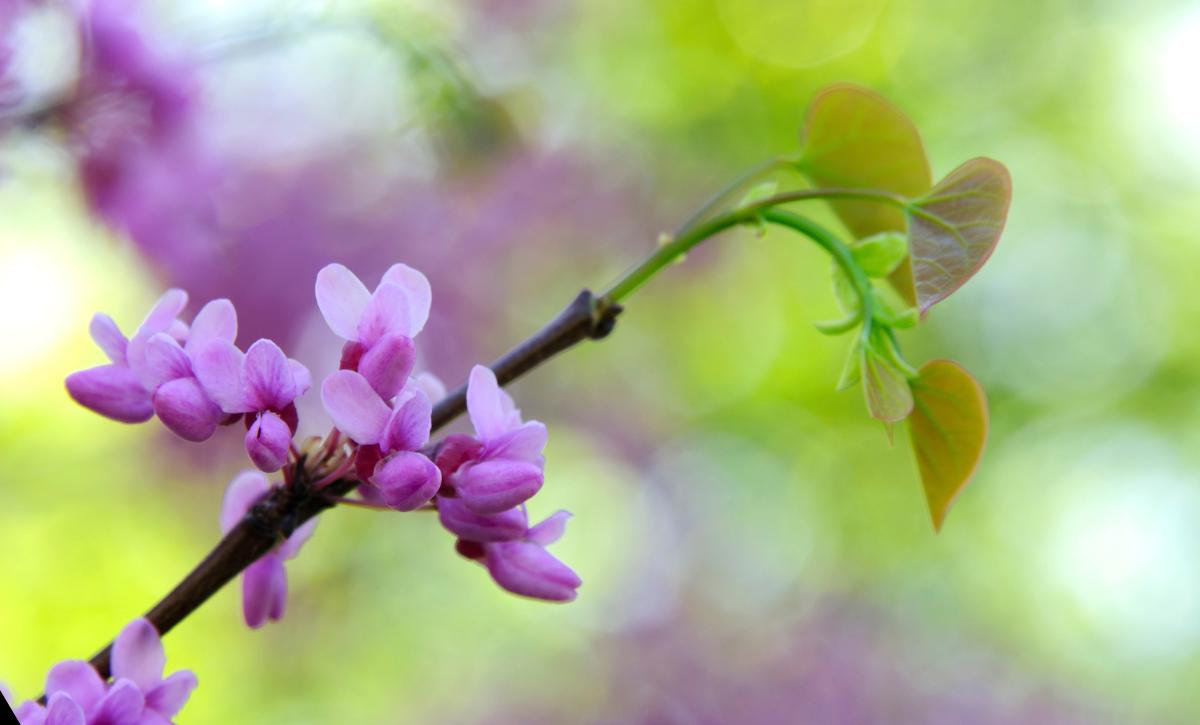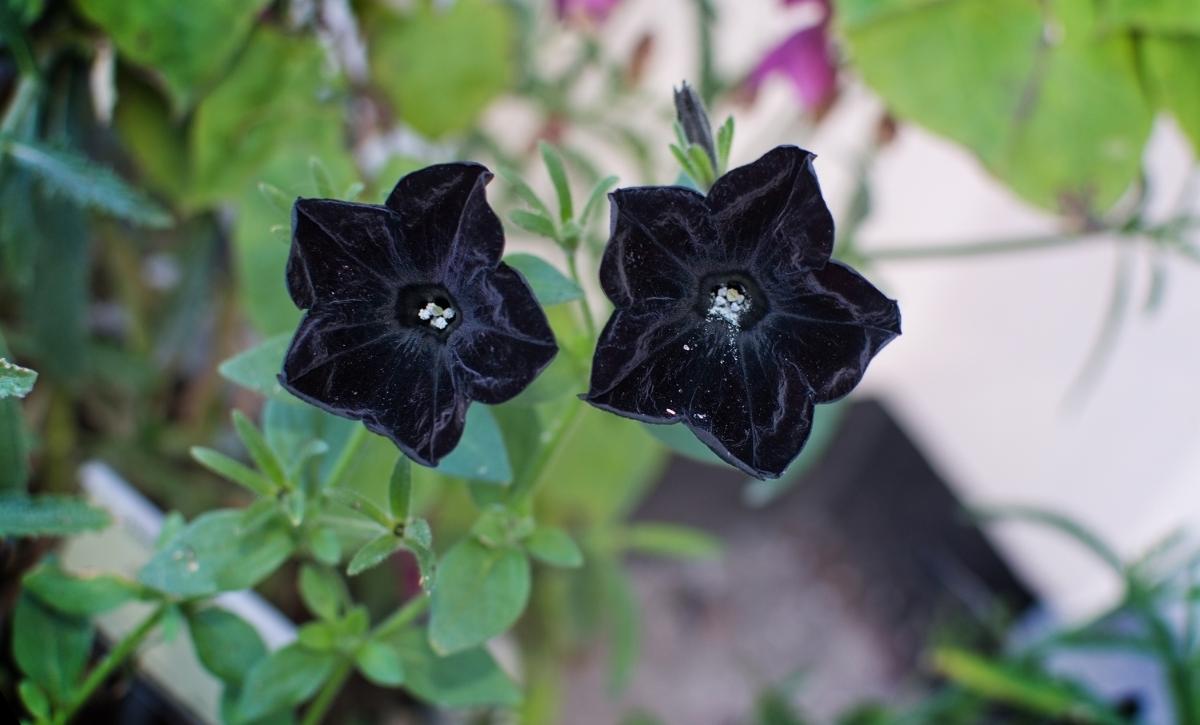One way to add visual interest and spruce up your outdoors when landscaping is using shrubs. You can grow shrubs with or without full sun exposure, making them the perfect choice for landscaping.
Even though it may seem challenging to find, there are a variety of shrubs that can thrive in shaded areas.
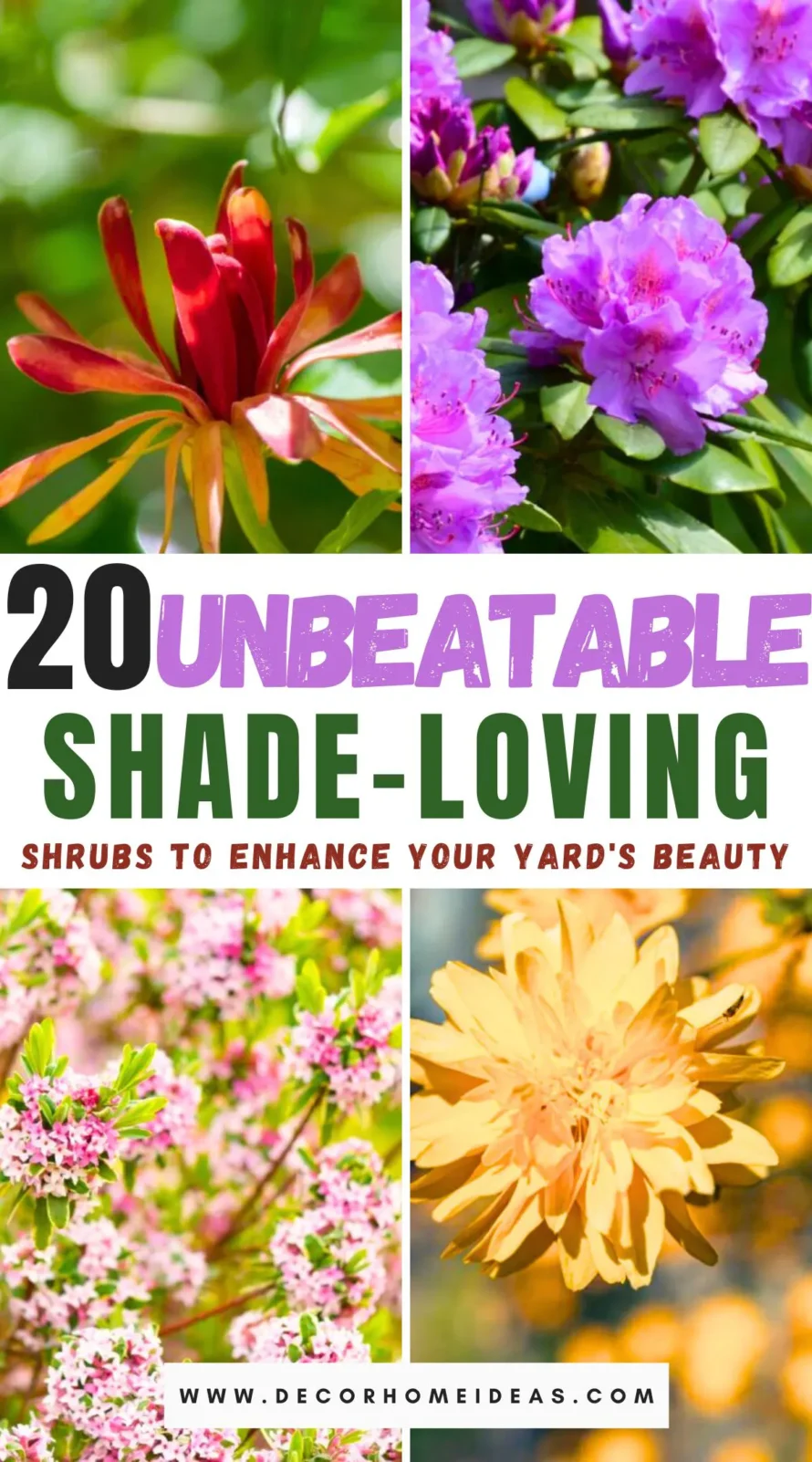
From tall to short edges, getting the right shrub changes your outdoor space. Deciduous or evergreen shrubs can bring beauty to your outdoor space, either through their beautiful blooms or their attractive foliage.
Since many of these plants have year-round appeal and are low maintenance, they are perfect for shady areas where many full-sun exposure plants won’t survive.
Here are 20 shrubs that will survive and thrive in shady areas while contributing to the beauty of the garden and lawn.
Take a look!
1. California Sweetshrub
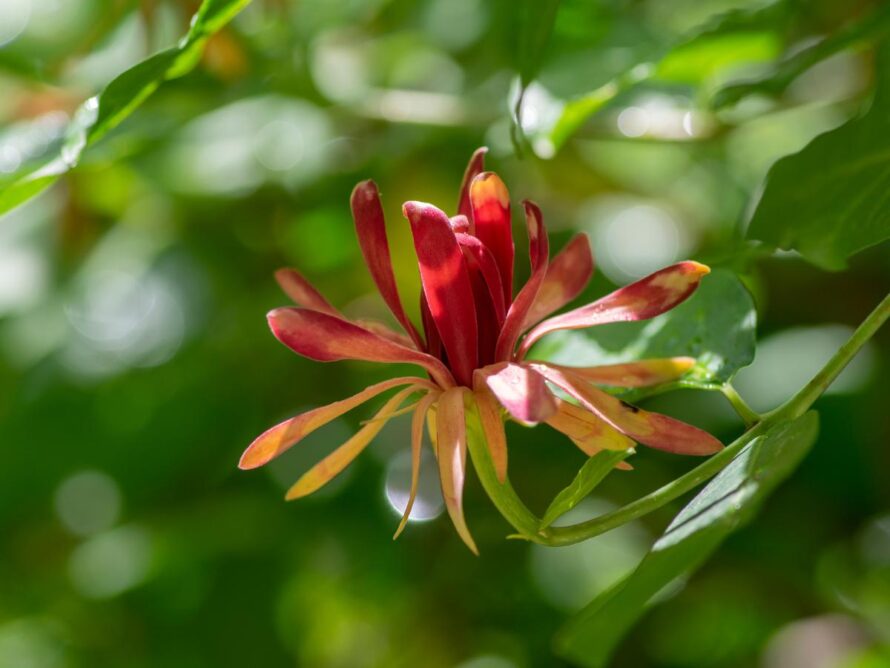
| Scientific name: | Calycanthus occidentalis |
| Color varieties: | Dark red, purplish brown |
| Soil requirements: | Neutral, well-drained |
| Sun exposure: | Partial shade |
| Mature size: | 6 to 12 ft. |
| USDA growing zones: | 6a – 9b |
| Used for: | Fragrant flowers |
One of the low-maintenance shade-loving shrubs you can grow in your compound is the California sweetshrub. This deciduous plant produces a sweet fragrance. In addition to landscaping, this shrub is also used to control erosion along riverbanks and creeks.
It’s a good ground cover and resistant to deer, who tend to avoid it. Prune the plant by removing old, overgrown stems from the top down rather than nipping the tips of the branches.
2. Hetz Japanese Holly
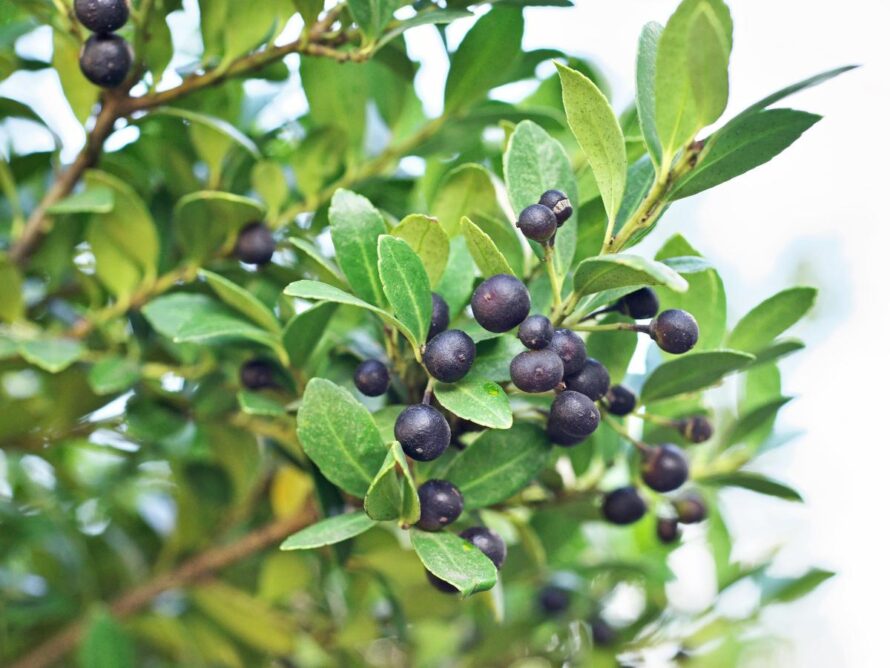
| Scientific name: | Ilex crenata |
| Color varieties: | Insignificant white spring blooms |
| Soil requirements: | Acidic, well-drained |
| Sun exposure: | Partial shade |
| Mature size: | Height: 5 to 10 ft.; Width: 5 to 8 ft. |
| USDA growing zones: | 5a – 8b |
| Used for: | Privacy hedge |
Another popular shade-tolerant holly is the Japanese holly. This shrub has smaller leaves compared to the English and American hollies. The unique shape of the leaves has been nicknamed “box-leaved.”
Another significant difference is in the color of the black berries, unlike the red color common in other hollies. It would help if you regularly pruned or shear this plant to shape its hedges.
3. Carol Mackie Daphne
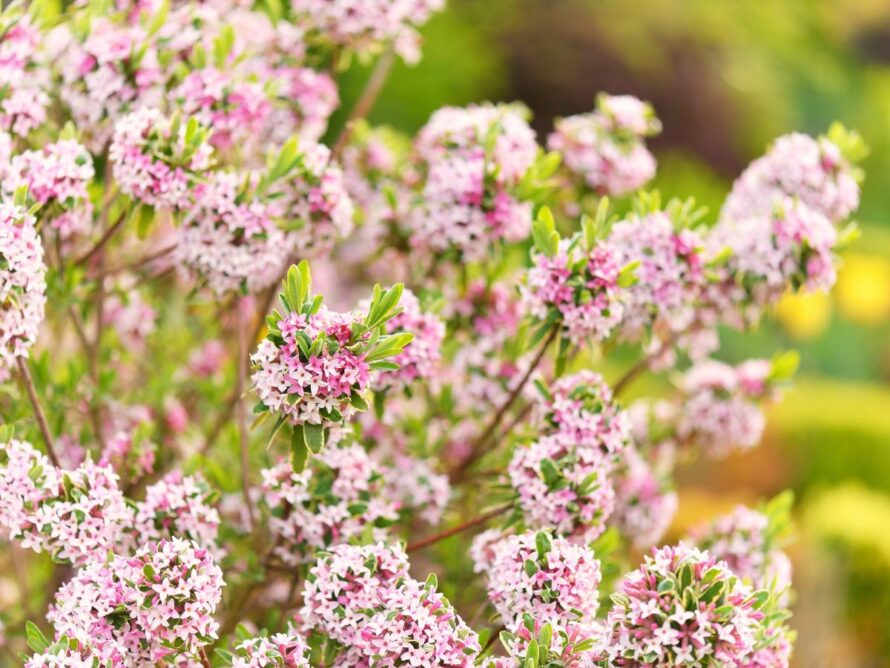
| Scientific name: | Daphne x burkwoodii |
| Color varieties: | White to light pink |
| Soil requirements: | Well-drained with neutral pH |
| Sun exposure: | Partial shade |
| Mature size: | Height: 2 to 3 ft.; Width: 2 to 3 ft. |
| USDA growing zones: | 5a – 8b |
| Used for: | Aromatic blooms and striking landscaping foliage |
The Carol Mackie Daphne is a climbing plant that will survive under shade but blooms more prolifically if exposed to sufficient direct sunlight. However, the plant is worth growing for its beautiful variegated leaves.
In addition to the beautiful foliage, it also produces colorful pink and white flowers, which can help add beauty to your landscape. Daphnes will not survive in acidic soil; add some lime to neutralize the pH of the soil if it’s too acidic.
NOTE: The berries and leaves of this plant are toxic and should not be consumed; they may also cause skin irritation. Keep them away from the reach of pets and children.
4. Camellia
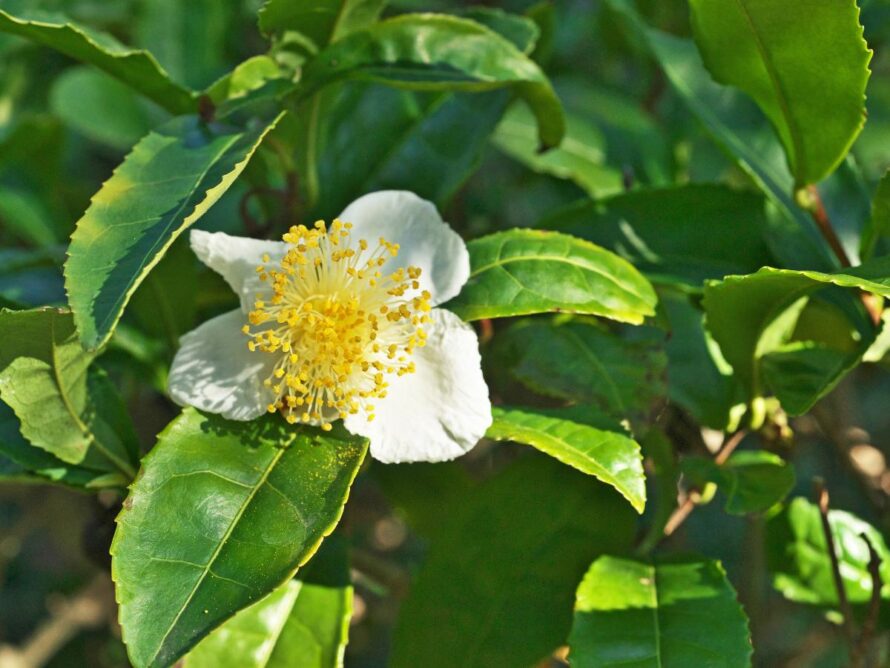
| Scientific name: | Camellia sinensis |
| Color varieties: | Pink, white |
| Soil requirements: | Acidic |
| Sun exposure: | Partial shade |
| Mature size: | Height: 6 to 15 ft.; Width: 4 to 8 ft. |
| USDA growing zones: | 6a – 9b |
| Used for: | Fragrant, showy flowers |
Camellia sinensis is a plant that has more than one use. In addition to being beautiful and fragrant, it can also be used to make fragrant tea; due to this unique use, it’s even referred to as the tea plant.
The plant’s glossy foliage and fragrant flowers make it an excellent addition to any outdoor space. This fantastic shrub will serve you for years since it’s easy to maintain and has a reasonably long life.
5. Common Boxwood
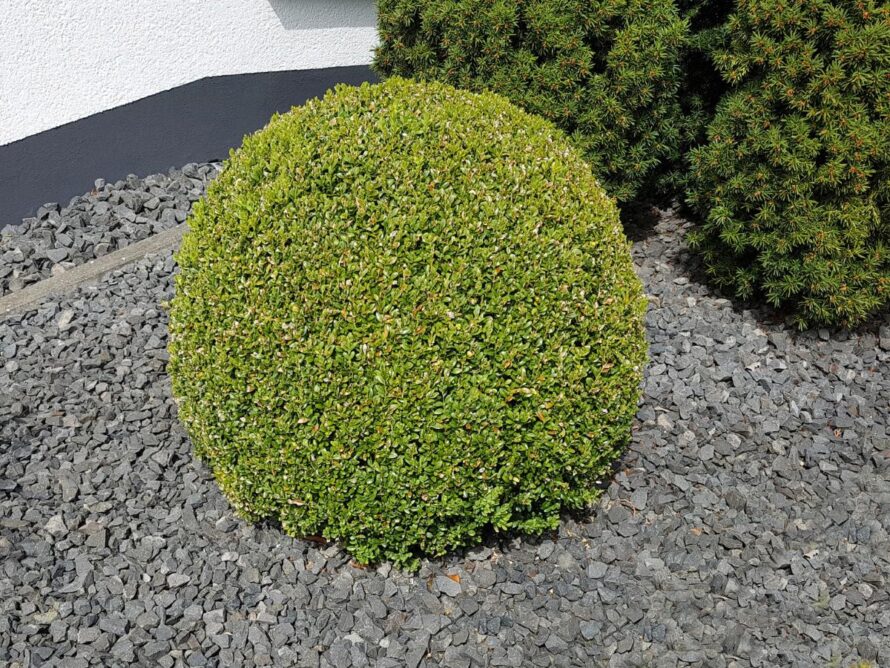
| Scientific name: | Buxus sempervirens |
| Color varieties: | Doesn’t bloom |
| Soil requirements: | Well-drained soil |
| Sun exposure: | Full sun to partial shade |
| Mature size: | Height: 5 to 20 ft.; Width: 5 to 15ft. |
| USDA growing zones: | 5a – 8b |
| Used for: | Long-term landscaping |
As the name suggests, the common boxwood is an evergreen shrub often used for hedges and topiaries. This plant makes a great addition, especially in formal landscape design.
Its dense light green foliage and compact shape make it a good choice for those looking for a colorful, low-maintenance plant.
Since it can adapt to partial shade, the English boxwood can be used in various landscape settings. Although it grows to about three feet, this plant has a slow growth rate, giving you enough time to prune it and enjoy its beauty.
6. Canadian Bunchberry
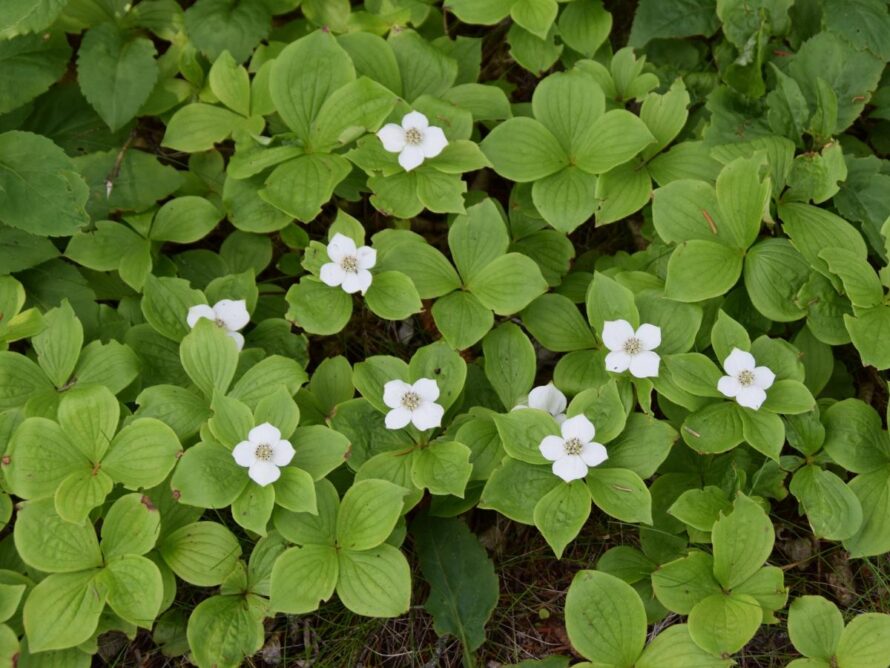
| Scientific name: | Cornus canadensis |
| Color varieties: | White flowers, red berries |
| Soil requirements: | Acidic |
| Sun exposure: | Partial shade |
| Mature size: | 6 in to 1 ft. |
| USDA growing zones: | 2a – 6b |
| Used for: | Ground cover in dappled shade |
Other than shrubs, subshrubs can also do wonders for your landscape, and the Canadian Bunchberry is one subshrub you can use to spruce up your outdoors. Moreover, the plant can also be used as a ground cover for damp and shady areas.
Being a close relative of the dogwood, this plant produces similar blossoms and has been nicknamed “bunchberry dogwood” or “creeping dogwood.”
It’s uniquely suitable for cold, damp areas where most plants and shrubs may struggle to survive. Mulch the plant with peat moss to increase the soil acidity.
7. Japanese Rose
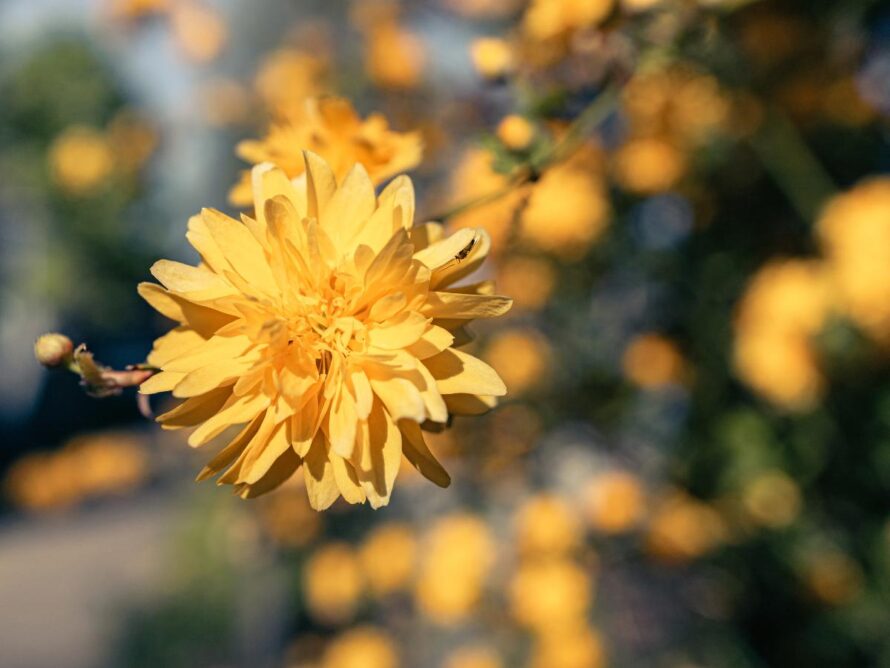
| Scientific name: | Kerria japonica |
| Color varieties: | Yellow |
| Soil requirements: | Loamy. well-draining |
| Sun exposure: | Partial shade |
| Mature size: | Height: 3 to 7ft.; Width: 6 to 9ft |
| USDA growing zones: | 4a – 9b |
| Used for: | Colorful blooms |
The Japanese rose is one of the most shade-tolerant shrubs. This deciduous shrub will do more than survive in a shaded area; it’ll thrive. This shrub’s Blooming time is in spring; when grown in partial shade, it may bloom multiple times.
The bark has a kelly green to greenish-yellow color during the winter season. Being a fast grower, this shrub can easily reach 7 feet. Overgrown shrubs can be revived during fall by cutting them back.
8. Japanese Skimmia
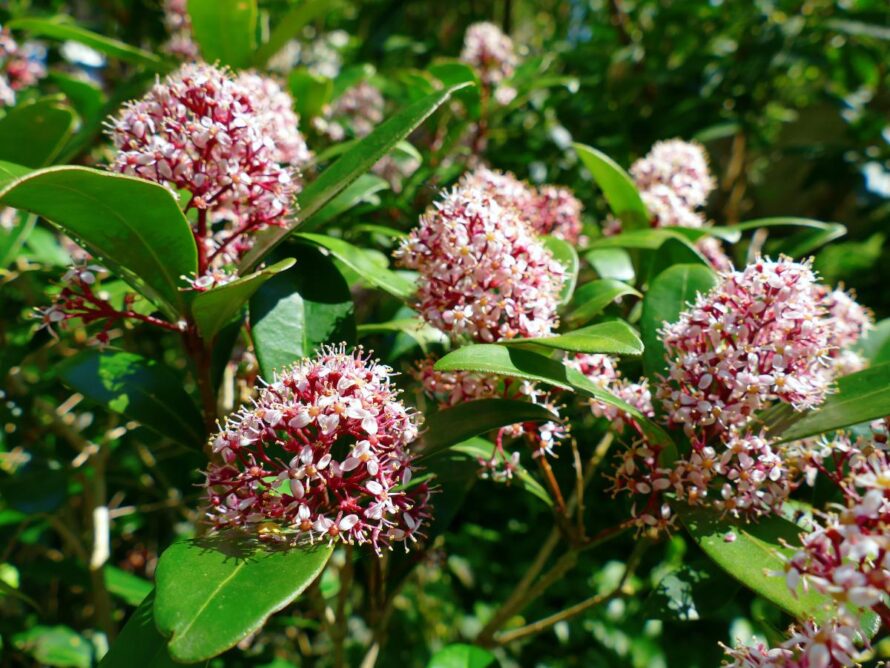
| Scientific name: | Skimmia japonica |
| Color varieties: | White, cream |
| Soil requirements: | Neutral or acidic |
| Sun exposure: | Shade or partial shade |
| Mature size: | Height: 2 to 7 ft.; Width: 3 to 5 ft. |
| USDA growing zones: | 7a – 7b |
| Used for: | Showy flowers, fall fruits, and surviving in a deep shade |
This slow-growing shrub produces white flowers that then yield red fruit. Unlike other shrubs, it’s essential to have male and female plants to create the perfect balance and ensure fruit production. It has broad green leaves with a leathery texture and a greenish bark.
Even though pruning isn’t an essential care routine for this plant, it’s recommended to prune it at least once in the dormant season to keep the plant neat.
NOTE: All parts of the skimmia plant are toxic, so keep them away from pets and children.
9. Emerald ‘n’ Gold Euonymus
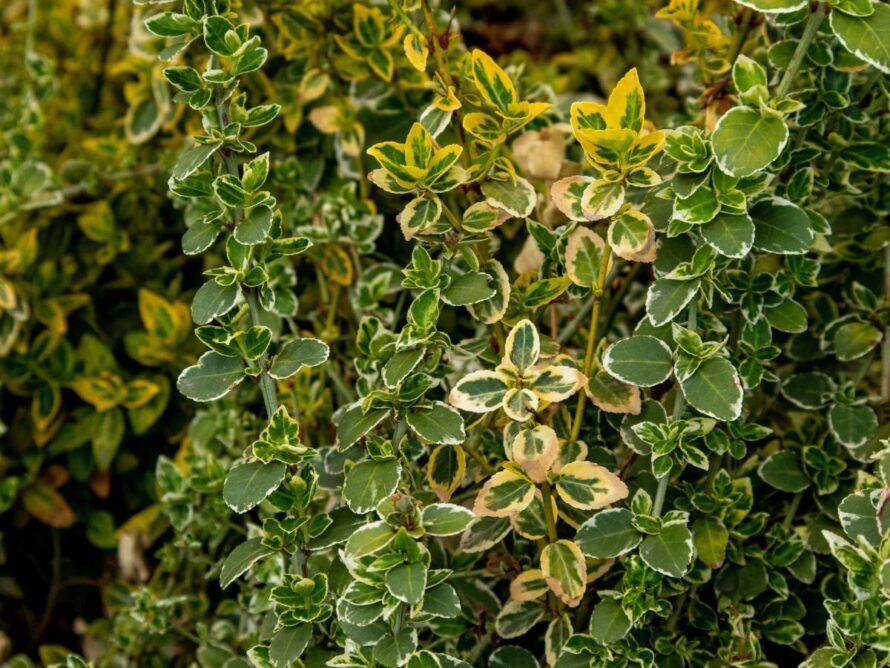
| Scientific name: | Euonymus fortunei |
| Color varieties: | Insignificant white blooms that appear in spring |
| Soil requirements: | Moist and well-drained soils |
| Sun exposure: | Partial shade |
| Mature size: | Height: 1 to 2 ft.; Width: 3 to 4 ft. |
| USDA growing zones: | 4a – 9b |
| Used for: | Bright, striking foliage and fall color |
Emerald ‘n’ gold Eounymus is a beautiful shrub mainly grown for its foliage. It has bi-colored gold and green leaves that’ll brighten any spot. With more sun exposure, the golden color of the leaves gets brighter. However, this shrub will also thrive in partial shade.
There are several varieties of the euonymus. One of the subspecies of this plant, called the winged spindle tree, can be invasive. You should note that even with the non-invasive species, Euonymus is fast-growing and needs regular pruning.
10. Mountain Laurel
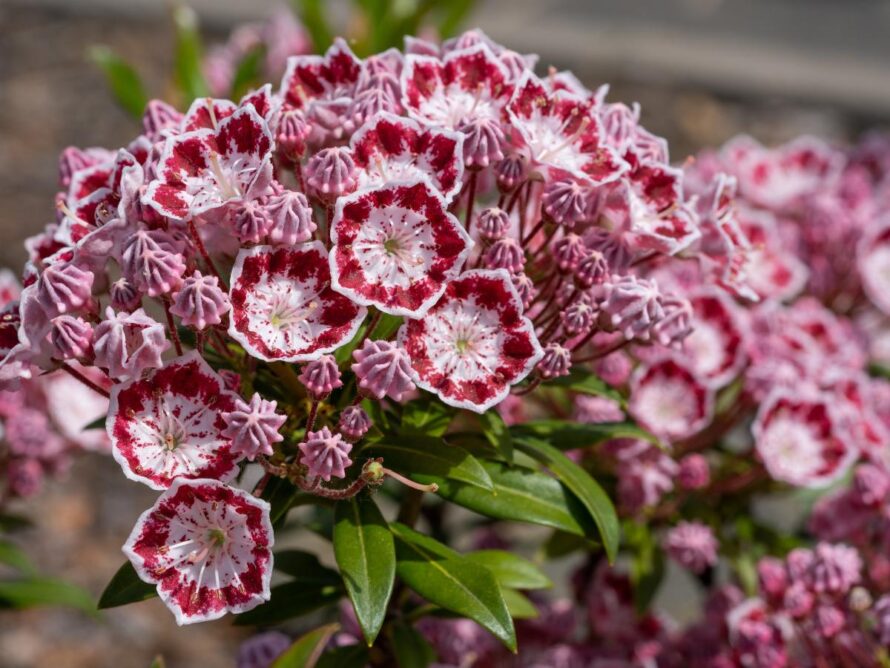
| Scientific name: | Kalmia latifolia |
| Color varieties: | Pink, rose, white; the blooms may have purple markings or blemishes |
| Soil requirements: | Acidic, well-draining |
| Sun exposure: | Prefers partial shade but can tolerate full sun |
| Mature size: | Height: 4ft to 15ft.; Width: 4 to 8 ft. |
| USDA growing zones: | 4a – 9b |
| Used for: | As a colorful bloom |
Native to eastern North America, mountain laurels thrive in shady woodland areas. Several cultivars of this plant have been specifically developed for landscaping, such as the dwarf “Minuet” laurel, which has vibrant flowers compared to the native mountain laurels.
The plant will thrive in well-fertilized acidic soils. Fertilize with an acid-enhancing fertilizer like that used for Rhododendrons and azaleas.
11. African Scurf Pea
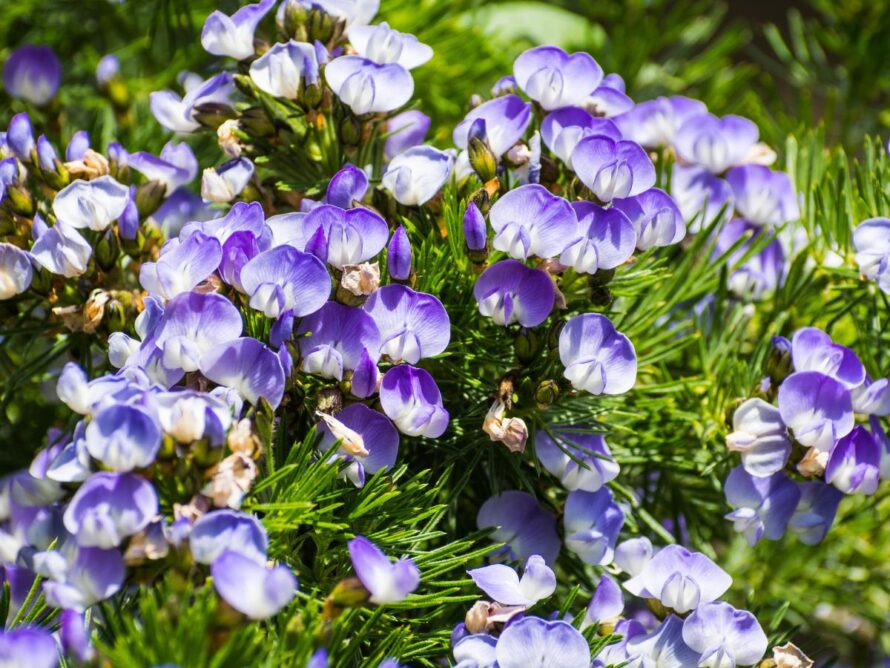
| Scientific name: | Psoralea pinnata |
| Color varieties: | Lilac, light blue |
| Soil requirements: | Moist, well-drained |
| Sun exposure: | Partial shade |
| Mature size: | Height: 6 to 10 ft.; width 3 to 6 ft. |
| USDA growing zones: | 9 – 11 |
| Used for: | Adding fragrance to your garden |
The African scurf pea is a fragrant plant that produces beautiful lilac flowers with a grape soda fragrance that may remind you of the sweet pea. The foliage, which resembles the rosemary shrub, has a smooth, fine texture.
This shrub is short-lived but can also self-seed, so you don’t have to worry about it going extinct in your garden. Prune the plant regularly to maintain its attractive shape.
12. Azalea and Rhododendron
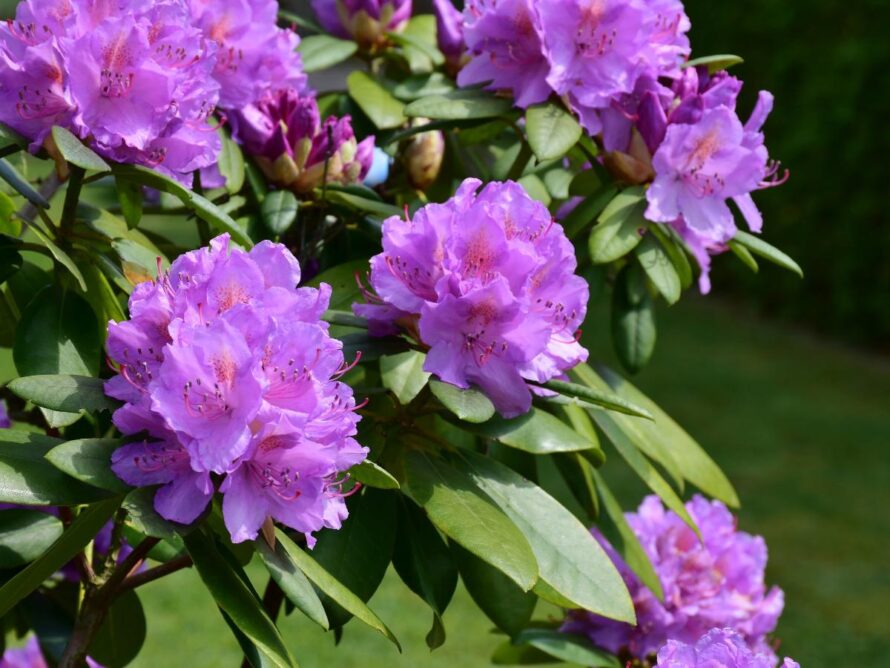
| Scientific name: | Rhododendron |
| Color varieties: | Pink, yellow, white, purple, red |
| Soil requirements: | Acidic soil |
| Sun exposure: | Partial shade |
| Mature size: | Height: 6 to 10 ft. ; Width: 5 to 8 ft. |
| USDA growing zones: | 4a – 8b, depending on the variety |
| Used for: | Adding color in dappled shades due to their bright flowers |
Known as woody evergreen shrubs, azaleas and rhododendrons are some of the best shrubs to grow under shade. These shrubs, especially rhododendrons, produce beautiful blooms during spring. They can survive in different climates and will thrive in full or partial shade.
Even though they’re easy to take care of, they prefer well-fertilized soils. When fertilizing, use an acid-enhancing fertilizer and fertilize in late winter or early spring.
13. Sky Pencil Holly
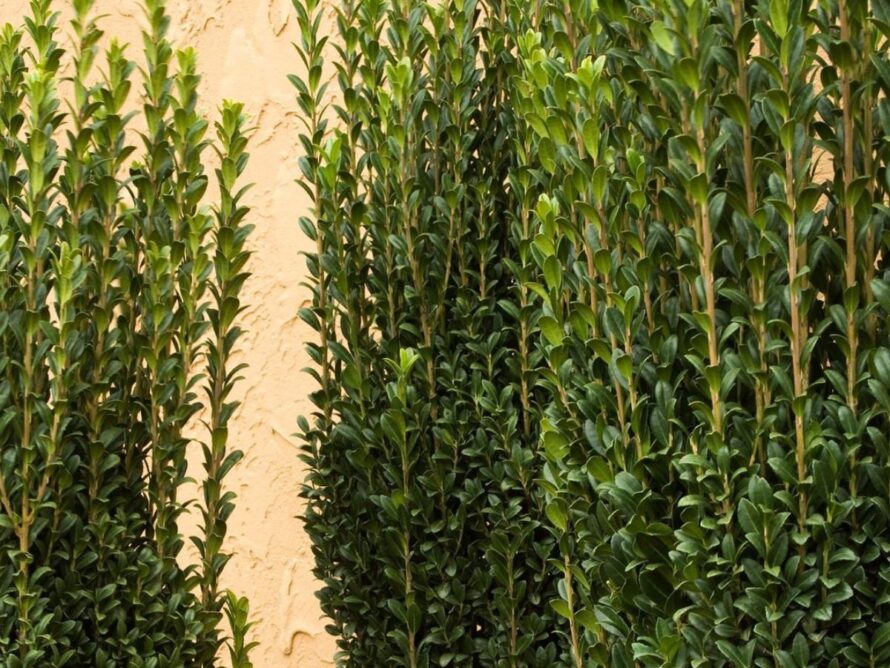
| Scientific name: | Ilex crenata ‘Sky Pencil’ |
| Color varieties: | Insignificant small white blooms in the spring |
| Soil requirements: | Acidic, well-drained |
| Sun exposure: | Partial shade |
| Mature size: | Height: 4 to 10 ft.; Width: 1 to 3 ft. |
| USDA growing zones: | 5a – 8b |
| Used for: | Landscaping shady corners and small spaces |
The sky pencil holly is a shrub that has various landscaping and architectural uses. The shrub is a variety of Japanese holly with a unique tall columnar shape. Its distinctive shape makes it an essential plant in exterior design, especially in corners and tight spaces.
Other than adding beauty to your garden, the berries of the sky pencil holly also attract a wide range of birds. Unlike other hollies, you don’t need to prune the sky pencil frequently; however, if you choose to prune it, do so in winter when the plant is dormant.
14. Canadian Hemlock
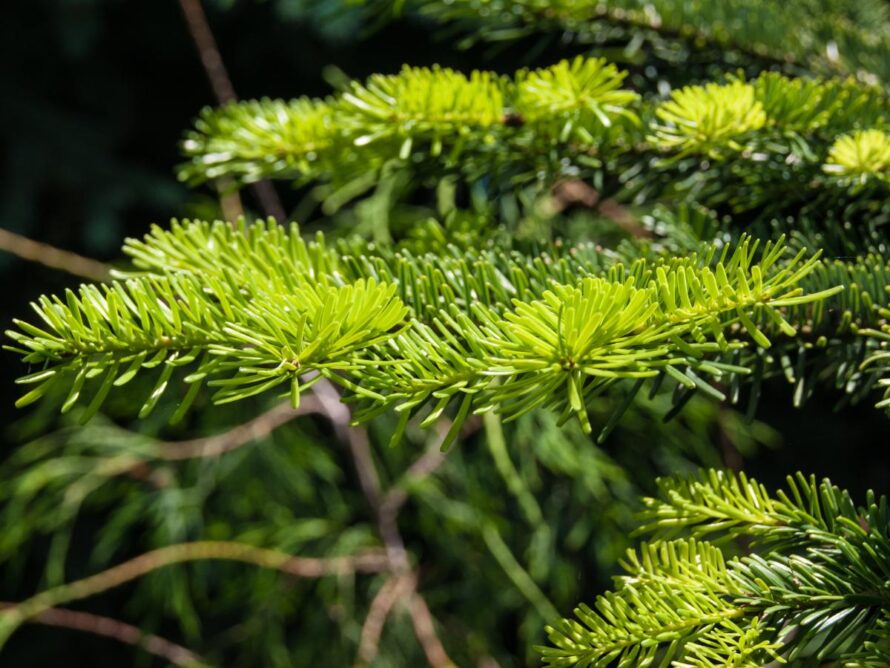
| Scientific name: | Tsuga canadensis |
| Color varieties: | This plant doesn’t produce flowers but has an interesting bark |
| Soil requirements: | Acidic, moist, and loamy |
| Sun exposure: | Partial shade |
| Mature size: | Height: 40 to 70 ft.; Width: 25 to 35 ft. |
| USDA growing zones: | 3a – 7b |
| Used for: | Privacy screens |
When trimmed right, this needled evergreen hemlock can create dense foliage and be used to make privacy fences or screens for your garden. Smaller cultivars of the Canadian Hemlock are especially good at making edges.
These plants are native to the northern hardiness region and will appreciate a thick layer of mulch over their roots in winter.
15. Alpine Currant
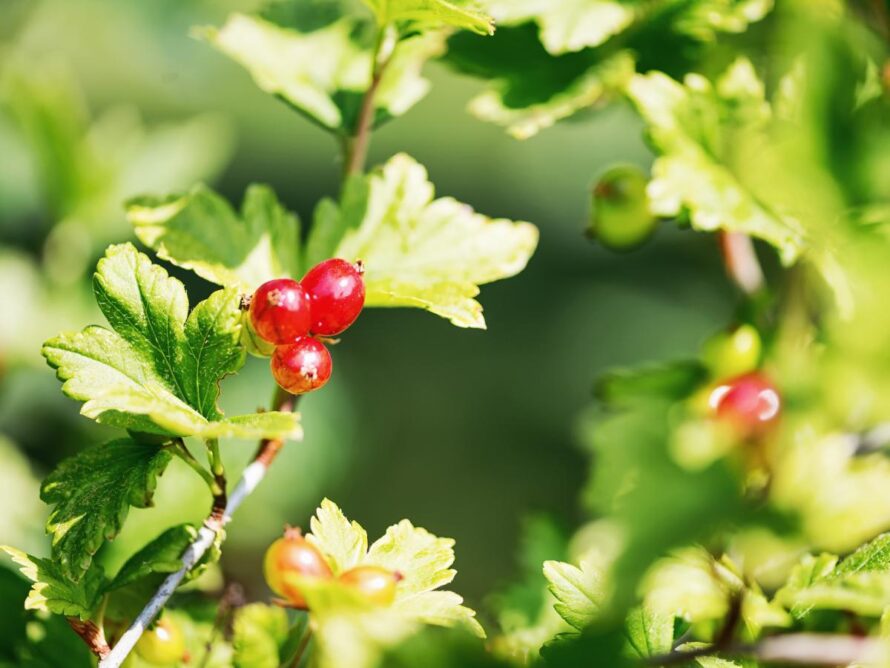
| Scientific name: | Ribes alpinum |
| Color varieties: | White |
| Soil requirements: | Neutral, well-drained |
| Sun exposure: | Shade or partial shade |
| Mature size: | Height: 3 to 18ft.; Width: 6 to 10 ft. |
| USDA growing zones: | 4a – 9b |
| Used for: | Fall fruit, bright showy flowers, growing in a deep shade area |
Native to Europe, the Alpine currant is a shrub with bright green foliage. Its thick foliage makes it a good border or hedge plant. While the plant needs both male and female varieties to produce its colorful red berries, it’s important to note that they are ornamental rather than edible.
Maintenance of the plant is easy, and you’ll only need to prune it occasionally to keep it neat.
16. Andromeda
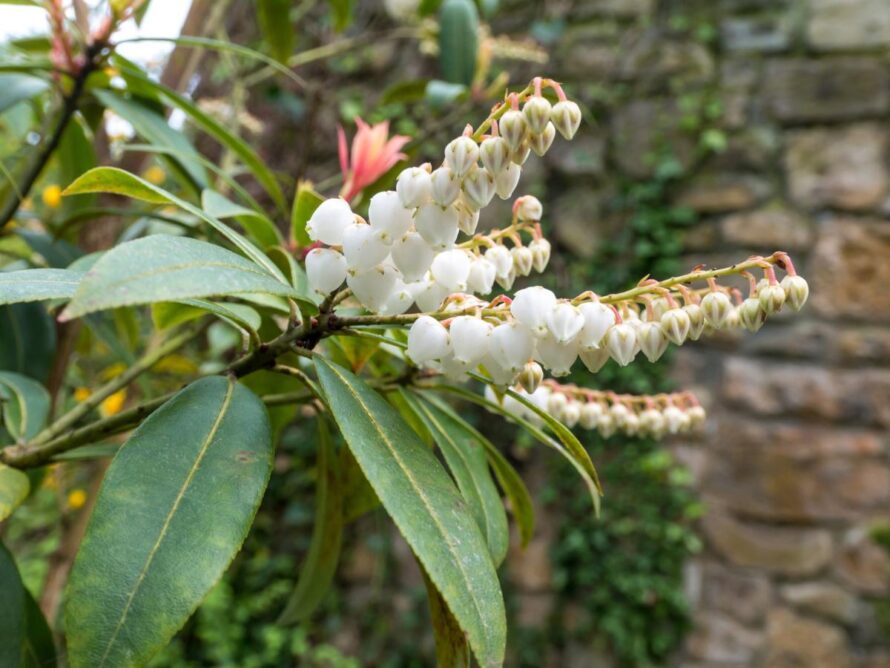
| Scientific name: | Pieris japonica |
| Color varieties: | White, pink |
| Soil requirements: | Acidic |
| Sun exposure: | Partial shade |
| Mature size: | Height: 8 to 10 ft.; Width: 6 to 8 ft. |
| USDA growing zones: | 4b – 8b |
| Used for: | Producing fragrant flowers and planting in acidic soil |
A fragrant shade-tolerant shrub that is evergreen, the Andromeda produces small, colorful flowers. Different cultivars produce either white or pale pink flowers.
In addition to its beautiful blooms, this plant continuously produces colorful new growth. Fertilizing should be done with an acidic fertilizer like that used for plants like azaleas.
17. Climbing Hydrangea
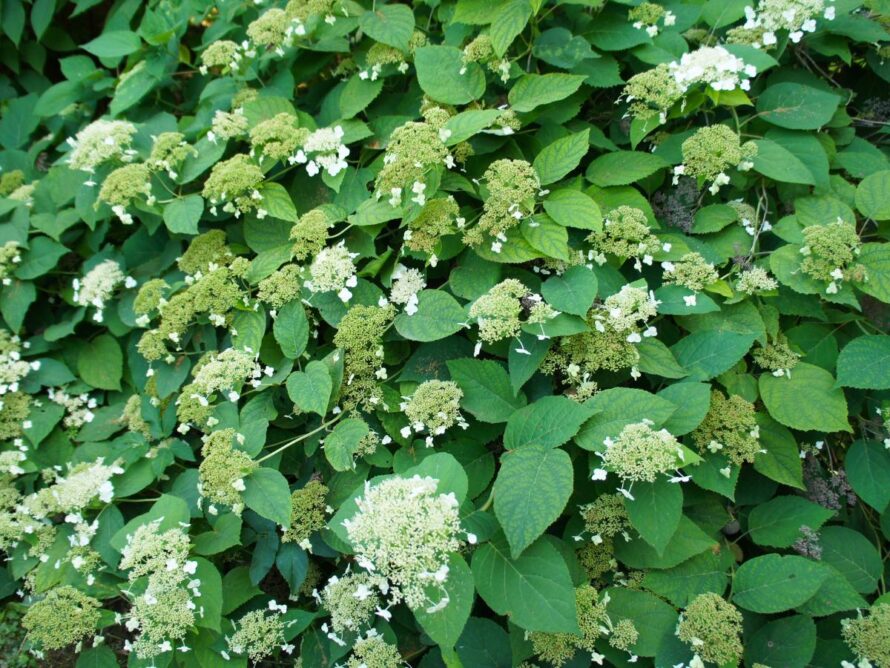
| Scientific name: | Hydrangea anomala subsp. Petiolaris |
| Color varieties: | Blue, white, pink, purple |
| Soil requirements: | Acidic, well-draining |
| Sun exposure: | Partial shade |
| Mature size: | Height: 30 to 60 ft.; Width: 5 to 6 ft. |
| USDA growing zones: | 4a – 8b |
| Used for: | Trellises and adding fall leaf color |
These deciduous climbing vines are the perfect climbers for a shaded area. Climbing hydrangeas can also be grown as shrubs when trimmed and maintained as such. The plant’s natural peeling bark will add visual interest to your space in winter.
While they can tolerate shaded areas, hydrangeas will yield more colorful blooms when exposed to a reasonable amount of sunlight.
18. California Holly
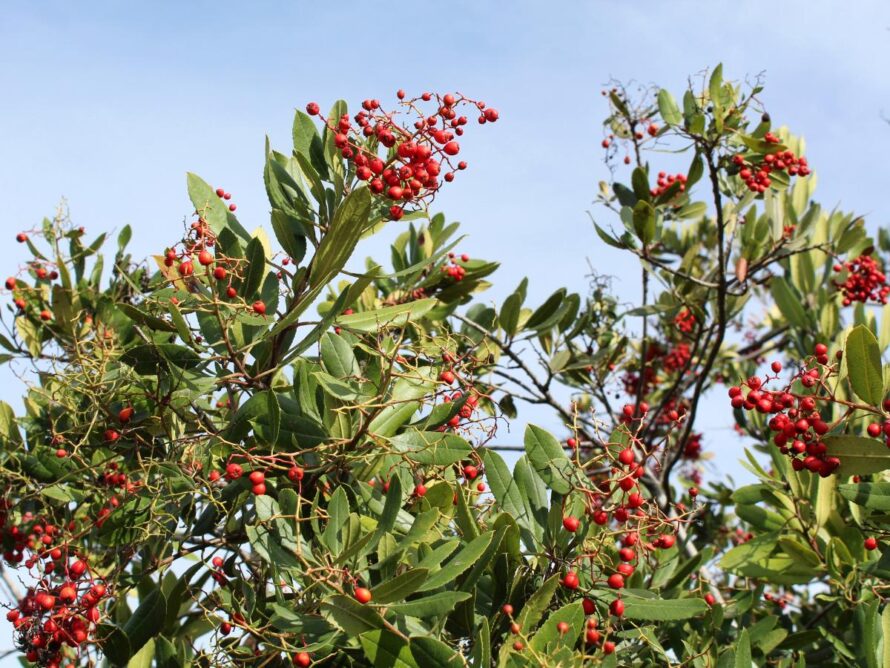
| Scientific name: | Heteromeles arbutifolia |
| Color varieties: | White flowers, bright red berries |
| Soil requirements: | Neutral |
| Sun exposure: | Partial shade |
| Mature size: | Height 15 – 20 ft. |
| USDA growing zones: | 7 – 11 |
| Used for: | Adding a bright red touch to your outdoors |
Also known as the Christmas berry or the toyon, the California holly is one of the plants credited with giving Hollywood its name. As the name suggests, the plant is indigenous to California. The shrub is drought-resistant, and the flowers yield small red berries.
The combination of the foliage and berry color has made the California holly an essential plant in xeriscaping in the region.
19. Yews
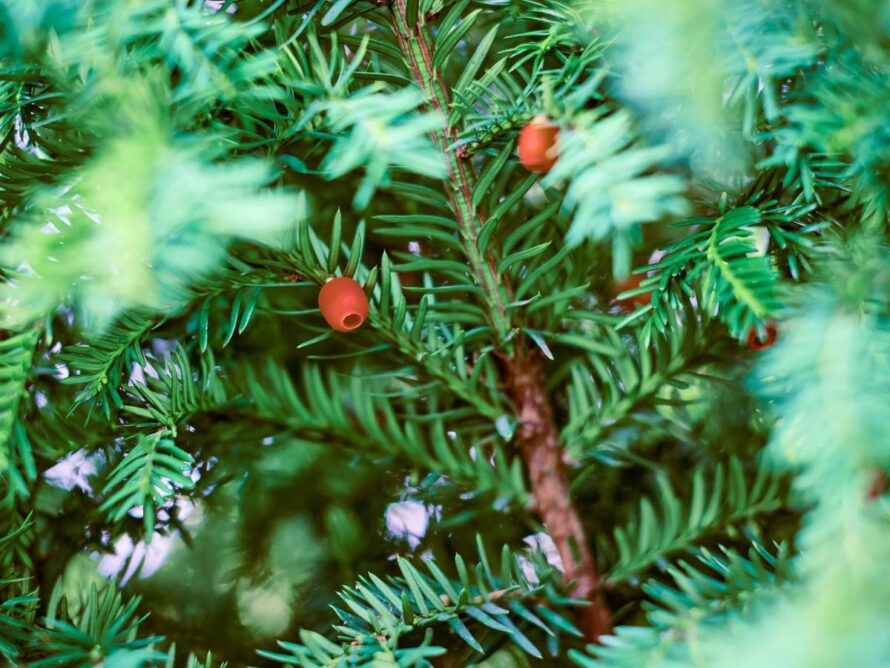
| Scientific name: | Taxus genus |
| Color varieties: | This plant has no significant blooms but produces bright red fruits (cones) |
| Soil requirements: | Moist and loamy |
| Sun exposure: | Partial shade |
| Mature size: | Height 10 to 25 ft. ; Width: 5 to 10 ft. |
| USDA growing zones: | 4a – 7b |
| Used for: | Setting up privacy screens |
A plant commonly used in Christmas traditions, yews can make an excellent under-the-shade shrub. The showy red and berry-like cones add beauty to any exterior scape. Since they survive in the shade, they make the perfect outdoor decor.
There are many cultivars of this plant, and their hardiness and versatility make them a popular choice in landscaping. Trim the plant in early summer to keep its shape attractive and accelerate its growth.
NOTE: Yews contain an alkaloid taxane that makes them toxic, so keep them out of the reach of pets and children.
20. Chinese Fringe Flower
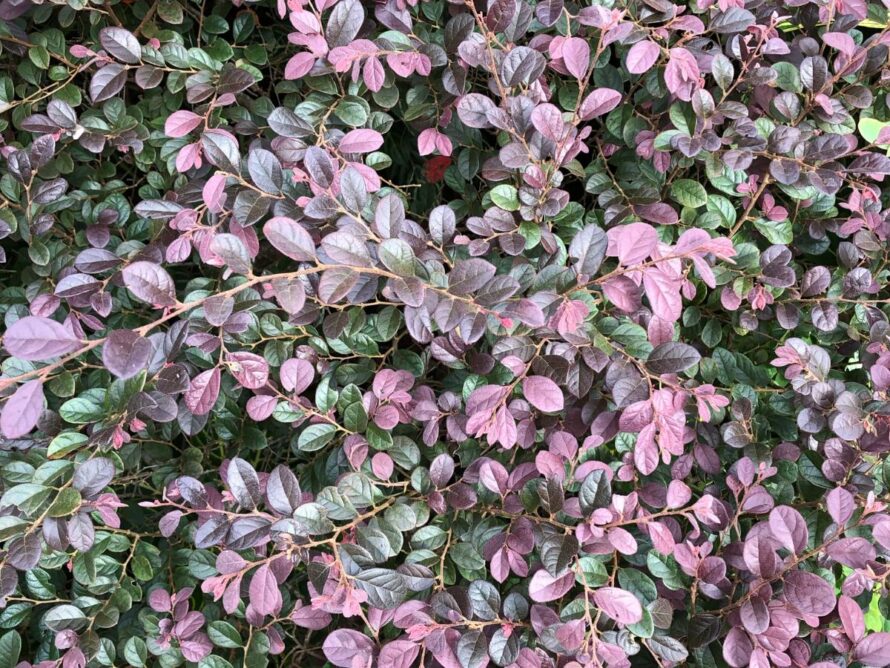
| Scientific name: | Loropetalum chinense |
| Color varieties: | Pink, red, white, purple |
| Soil requirements: | Acidic |
| Sun exposure: | Partial shade |
| Mature size: | 6 to 8 ft. |
| USDA growing zones: | 7b – 9b |
| Used for: | Showy spring flowers |
Also known as the Chinese Witch hazel, this shrub has colorful pink flowers that will change the outlook of your outdoors. Similar to the witch hazel, the Chinese fringe flower has fringe-like flowers that bloom in early spring.
The plant can grow to about 12 feet in height and has an aggressive spreading characteristic. It has primarily green foliage, although some cultivars may feature purple leaves.

